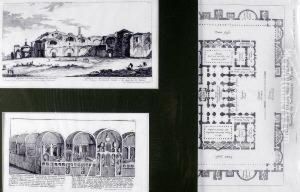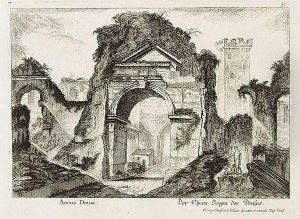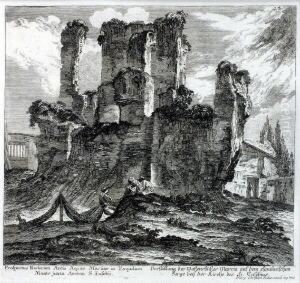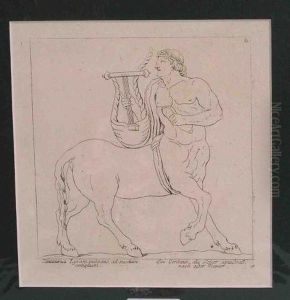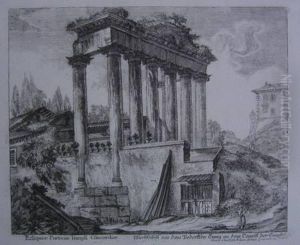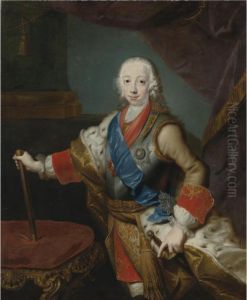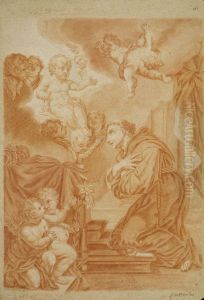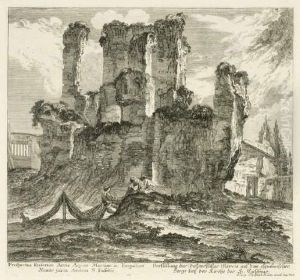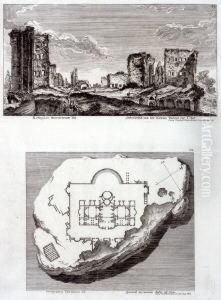Georg Christoph Kilian Paintings
Georg Christoph Kilian was a German engraver born in Augsburg in 1709. He came from a family of artists and engravers, which included his father, Philipp Kilian, and his brother, Wolfgang Philipp Kilian, who were also well-known for their works. Georg Christoph Kilian learned the art of engraving under the tutelage of his father and later continued to develop his skills, becoming an accomplished artist in his own right.
In the context of the 18th century, a period that saw the rise of printmaking and engraving as significant art forms in Europe, Kilian's work was well-received. He specialized in creating engravings of maps, portraits, and historical scenes. His contributions to cartography and the production of atlases were particularly noteworthy. Kilian's prints were not only artistic but also served as important visual documentation of his time, providing insights into contemporary political geography and the faces of various public figures.
Throughout his career, Kilian collaborated with several publishers and contributed to numerous projects. His engravings were often based on paintings by other artists, which was a common practice at the time, allowing for the broader dissemination of works of art through printed reproductions. Kilian's craftsmanship and attention to detail made him a sought-after engraver for books and standalone prints alike.
Georg Christoph Kilian passed away in 1781 in his hometown of Augsburg. While perhaps not as widely known today as some of his contemporaries, Kilian left behind a body of work that remains of interest to collectors, historians, and art enthusiasts. His contribution to the art of engraving and the visual culture of the 18th century continues to be recognized by scholars and forms part of the rich tapestry of European art history.
